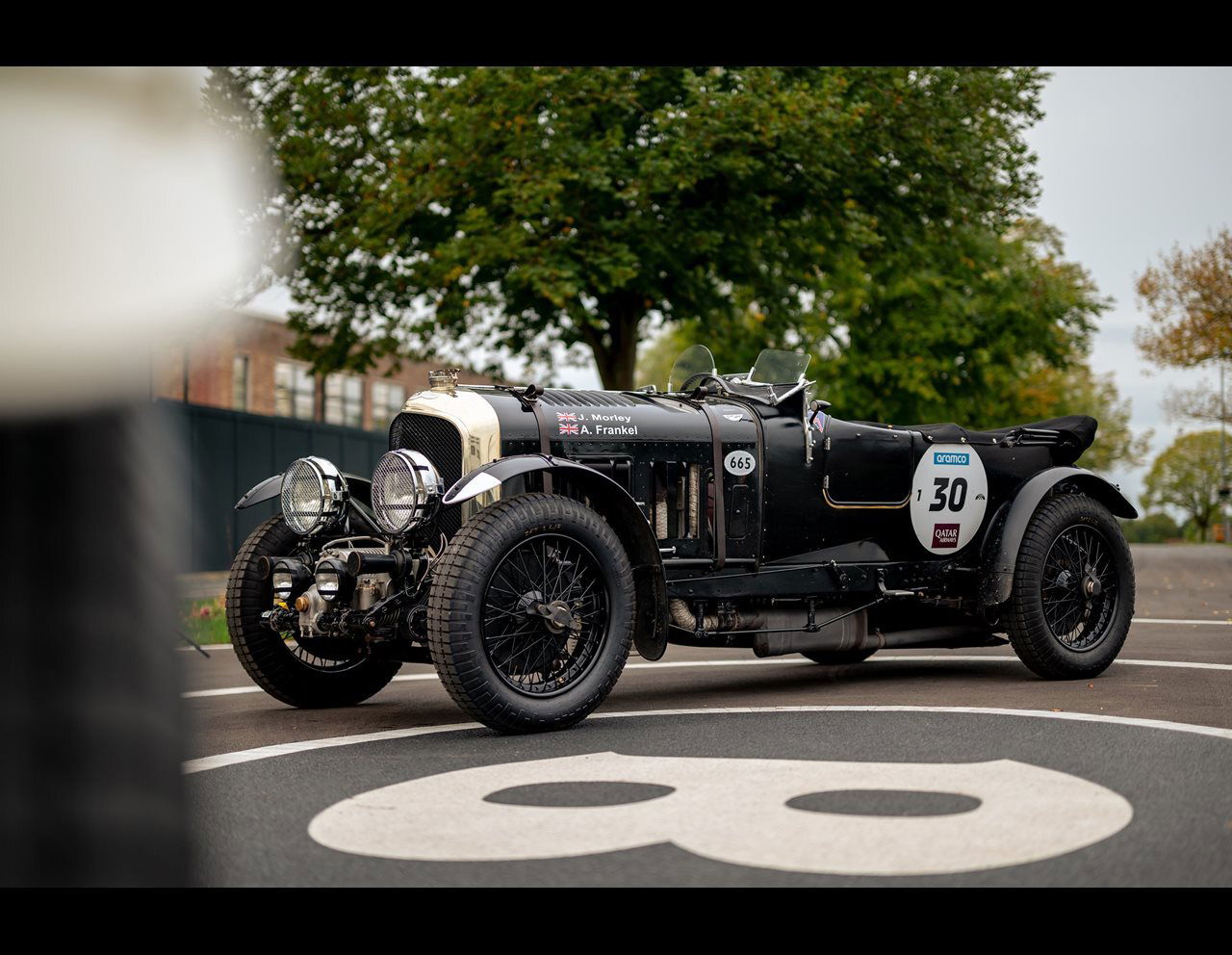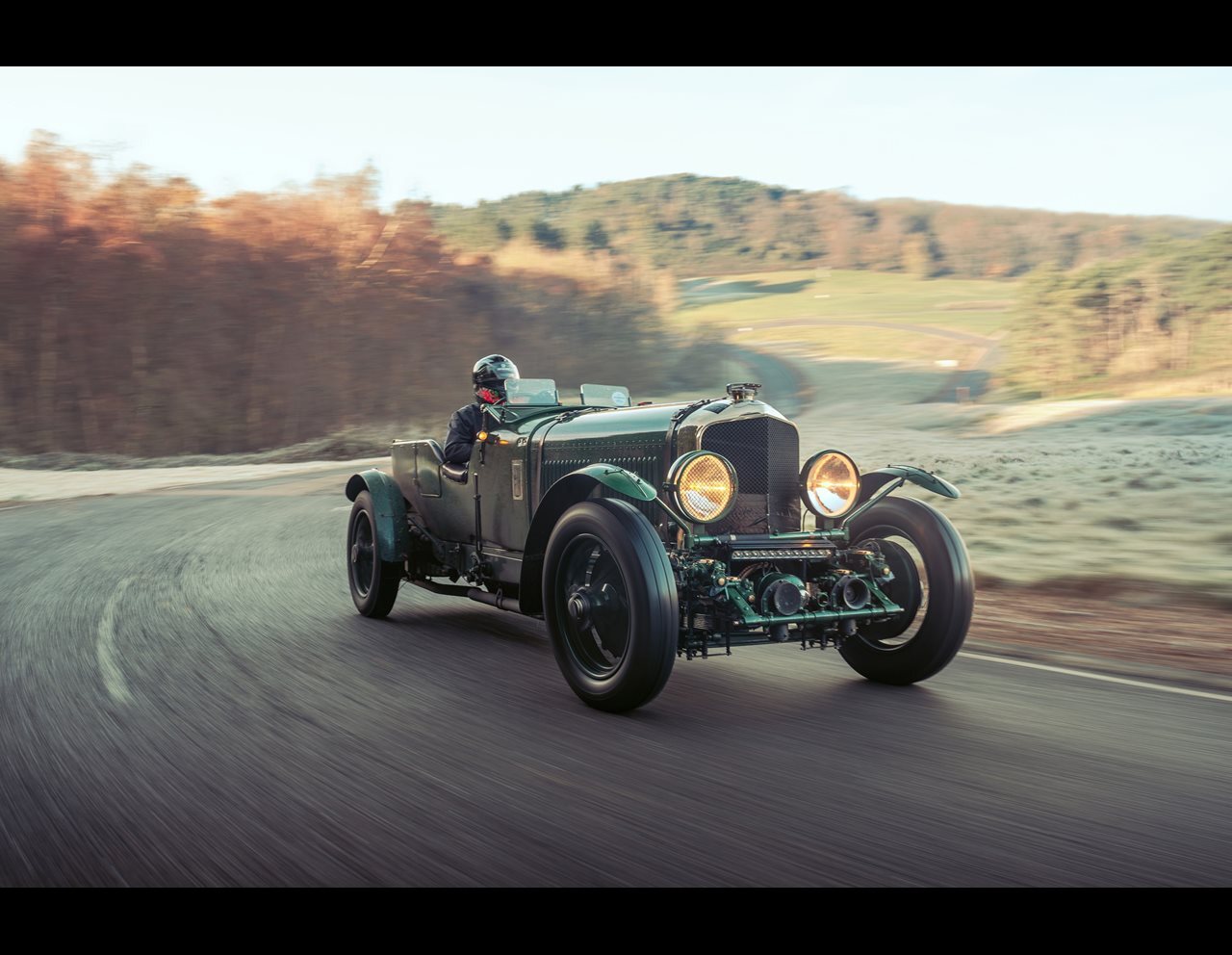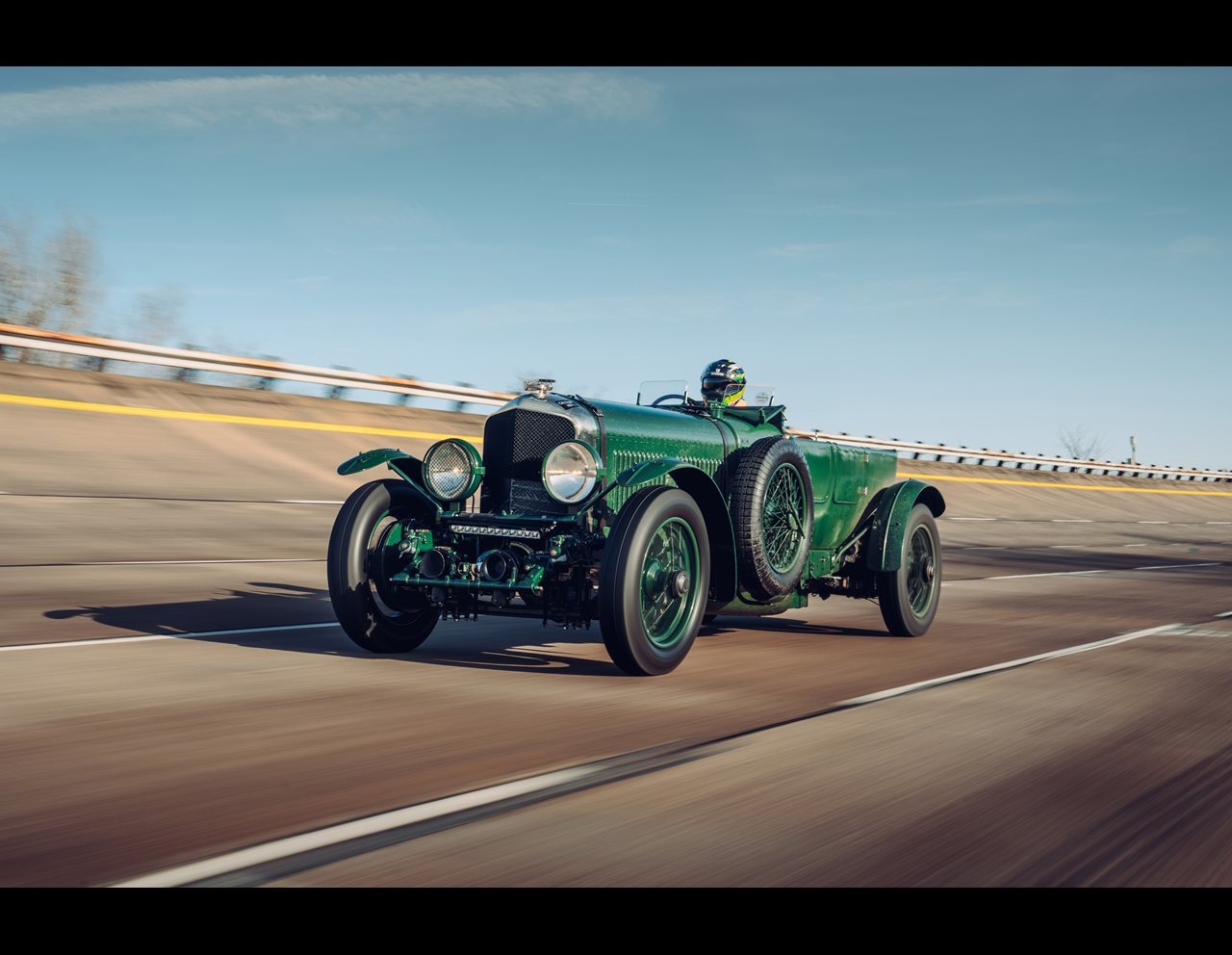The Bentley Speed Six refers to a specific model of car produced by Bentley Motors in the early to mid-20th century. The Bentley Speed Six was a racing car that gained prominence for its motorsports successes, particularly at the 24 Hours of Le Mans race.
Entering its primary testing phase, the new Speed Six Continuation Series marks a significant milestone as it progresses toward customer builds, following the successful completion of the last Blower Continuation Series customer car. The original Bentley Speed Six was manufactured from 1928 to 1930.
It was powered by a six-cylinder engine, and its design and performance were oriented towards endurance racing. Notably, the Speed Six secured victories at the 24 Hours of Le Mans in 1929 and 1930, contributing to Bentley's reputation for building powerful and reliable luxury cars with racing capabilities during that era.
See also: The Good, The Bad, and The Ugly Luxury Cars of the 21st Century
The Iconic 4½ Litre Supercharged 'Blower' and the 6½ Litre Speed Six

The Bentley 4½ Litre Supercharged 'Blower' was a racing car developed in the 1920s, primarily to compete in motorsports, including the 24 Hours of Le Mans. It featured a supercharged version of the 4½ Litre engine, delivering increased horsepower for enhanced performance on the race track.
The distinctive 'Blower' nickname was derived from the supercharger prominently mounted at the car's front. Driven by notable figures like Sir Henry Birkin, these cars became legendary for their speed and competitive spirit.
On the other hand, the Bentley 6½ Litre Speed Six was a dominant force in endurance racing during the late 1920s and early 1930s. This model secured consecutive victories at the 24 Hours of Le Mans in 1929 and 1930, showcasing Bentley's prowess in long-distance racing.
Powered by a robust 6.6-liter engine, the Speed Six was known for its reliability, performance, and elegant design. It was Bentley's official works entry at Le Mans during its racing heyday, leaving an indelible mark in motorsports history.
The Speed Six Continuation Series

During its historical era, these two cars competed as amicable rivals. The Supercharged 4½ Litre ‘Blowers’ were championed by the Hon Sir ‘Tim’ Birkin’s private team, while the Speed Six stood as Bentley’s triumphant works entry at Le Mans in 1929 and 1930.
In the contemporary context, both cars undergo construction and preparation within the same Mulliner workshops – Bentley’s bespoke and coachbuilding division. With the delivery of all customer Blowers concluded, Mulliner now shifts its attention to the second continuation project.
The initial two cars, Car Zero and Factory Works, are embarking on an extensive phase of static and dynamic testing.
Bentley says the idea of building 12 Continuation Series models for both the 4½ Litre Supercharged ‘Blower’ and the 6½ Liter Speed Six was not taken lightly, as the British marque was only too well aware of its enormous responsibility as the custodian of a brand synonymous with over a century of excellence in performance and luxury.
The Mulliner team embarked on this hallowed journey conscious of the critical eyes and minds of Bentley loyalists as well as the scrutiny of enthusiasts and pundits.
Commencing in 2020, Bentley Mulliner's project team, comprised of engineers, craftspeople, and technicians, collaborated closely with esteemed British specialists and suppliers to pioneer the world's inaugural pre-war continuation series.
The overwhelming positive response from customers, the public, and the media is a well-deserved applause to the team's unwavering dedication.
After tens of thousands of hours invested in development, the Continuation Series models authentically mirror the originals from 1930, with minimal alterations made only where necessary to comply with contemporary regulations.
A Nostalgic Journey To The Present

Bentley says that building these exquisite models have sparked a revival of forgotten skills within the company. Technicians and artisans, both seasoned and new, now possess the knowledge and experience to construct and maintain pre-war Bentleys, contributing to the preservation and revival of traditional craftsmanship.
2023 concluded with Bentley delivering the last of the 12 Blower Continuation Series customer cars to its owner, some of whom favored the distinctive choice of Napier Green or historically inspired colors, such as Old English White, reflects the bespoke nature of Bentley's Continuation Series.
Owners have enjoyed a personalized fitting service, tailoring specifications to their preferences. Thus, the original Supercharged 4½ Litre 'Blower’s racing legacy has transcended time via the Continuation Series.
These meticulously crafted cars, having passed stringent inspections, hold Historic Technical Passports, enabling them to partake in FIA-sanctioned historic events. Bentley's own Car Zero recently graced the Le Mans Classic, marking a poignant return to the iconic circuit.
Speed Six Is Next

As the Blower’s chapter concludes, another begins with the ambitious undertaking of the Continuation Series for the Speed Six. The Mulliner Classic team will yet again strive for authenticity by drawing inspiration from two original Speed Sixes, including the company's own GU409 and the historic 'Old Number 3.'
The project integrates modifications from Bentley's 1929 and 1930 Le Mans races, aiming to replicate the winning performance and appearance of the works Speed Sixes.
Bentley says attention to detail is paramount, evidenced by visits to the National Motor Museum to verify authentic Parsons Paints and the fabrication of over 600 new parts for the 6½ Litre race spec engine.
Initial dyno testing reveals a power output of 205 hp, closely mirroring the original's 1930 performance. Balancing modern and traditional coachbuilding skills, Car Zero and the Factory Works car have already taken shape, showcasing the Continuation Series' commitment to passing on skills to future artisans.
See also: The 1948-1953 Bristol 401: A Classic British Luxury Sports Car That Time Almost Forgot
Bentley’s Endurance Racing Legacy

The Continuation Series program remains dedicated to preserving Bentley’s legacy, with craftsmen of varied experience working collaboratively in the Mulliner workshops. This symbiotic exchange ensures the continuation of traditional craftsmanship for generations to come.
Anticipated to take 10 months to build, the first customer deliveries are scheduled for 2025, marking a continuation of Bentley's timeless legacy in the automotive world.
Following its grand debut at the 2023 Goodwood Festival of Speed, Speed Six Car Zero is currently subjected to an extensive test program, aiming to replicate the equivalent of 218,000 miles of real-world driving through 5,000 miles of track driving.
This rigorous testing involves intervals of gradually increasing duration and speed, meticulously checking the functionality and durability of the Continuation Series under the most challenging conditions.

Simultaneously, customers will partake in a personalized fitting service within the second car, the Speed Six Factory Works, ensuring a bespoke and comfortable driving experience in their own models. This commitment echoes the ethos of the 1920s, instilling full confidence in the owners of the Continuation Speed Six models regarding their Bentley's ability to cover long distances with reliability.
The Speed Six, a high-performance iteration of the 6½ Litre, stands as the most successful racing Bentley in history, clinching victories at Le Mans in 1929 and 1930 with legendary drivers Woolf Barnato, Sir Henry 'Tim' Birkin, and Glen Kidston at the helm.
Introduced in 1928 as a more sporting version of the 6½ Litre, the Speed Six chassis boasted a modified engine with twin SU carburettors, a higher compression ratio, and a high-performance camshaft, resulting in an increased power output of 180 hp. A total of 182 Speed Six models were meticulously crafted between 1928 and 1930.
The Speed Six racing version underwent further enhancements, featuring a compression ratio of 6.1:1 and developing an impressive 200 hp.
Consecutive triumphs at Le Mans solidified the Speed Six's status in Bentley's racing legacy, particularly the 1929 victory, which set a new standard for dominance at the race. Piloted by Woolf Barnato and Sir Henry 'Tim' Birkin, a Speed Six led from the first lap to the chequered flag, followed by three other Bentleys in a procession.
Birkin's remarkable lap record of 7:21 at an average speed of 83 mph and a new distance record for the race at 2,844 km showcased the Speed Six's unparalleled performance, a feat not replicated at Le Mans for nearly three decades.